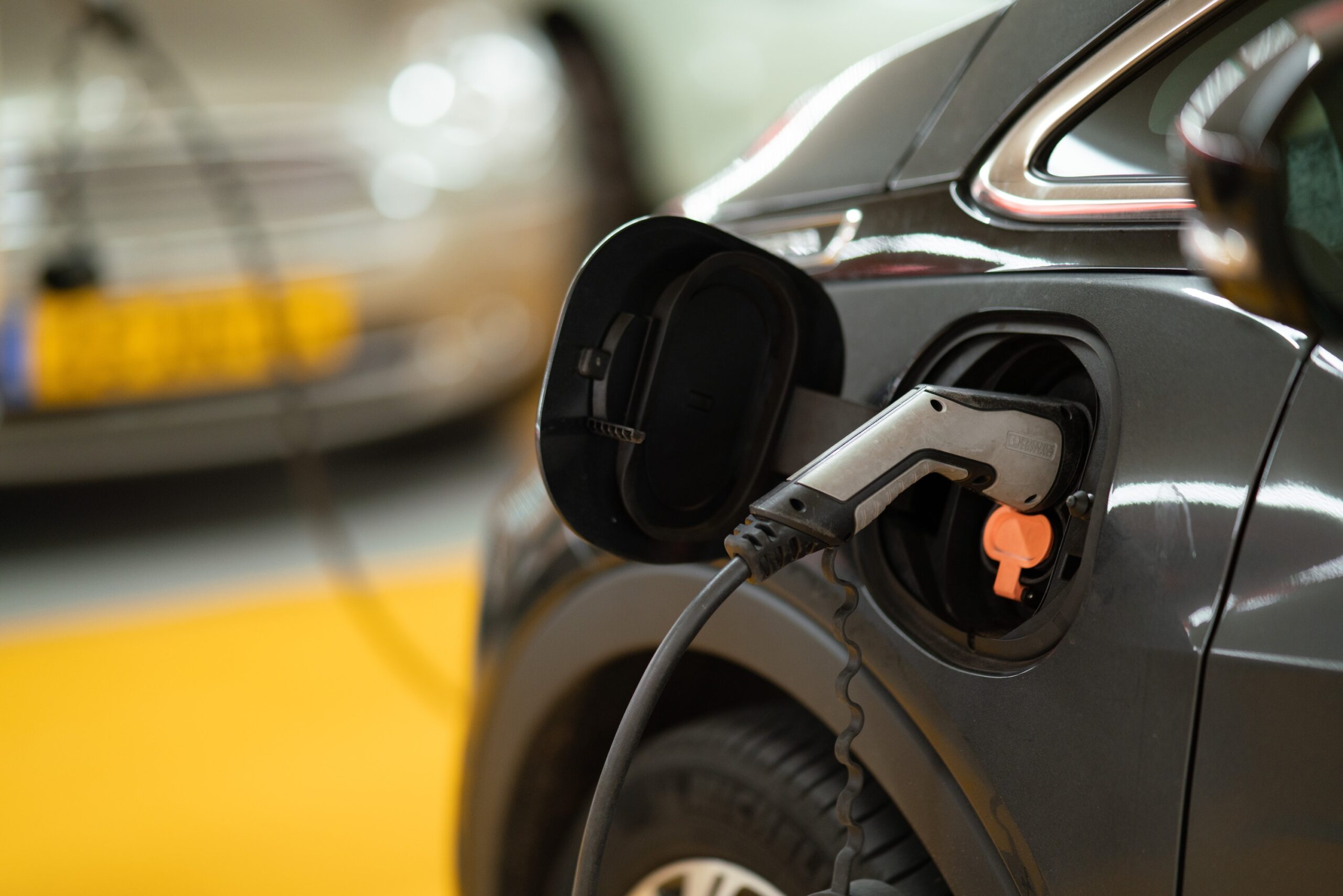
Changes to incentives for electric vehicles
By Tom Coleman
Over the long term, the Inflation Reduction Act of 2022 should have a significant impact on promoting the adoption of electric vehicles, as well as ramping up domestic manufacturing and boosting the domestic supply chain for EVs. The new law should also over time help to lower the price of EVs. These are important goals for any American climate action plan because transportation is the largest source of greenhouse gas emissions in the United States.
The transition, however, will likely be difficult because relatively few vehicles will now qualify for the incentive and the supply of lithium and battery minerals mostly comes from outside the United States. In addition, most people currently buying EVs have higher incomes, and many will no longer qualify for incentives under this new program.
To help you navigate the new landscape, here is a summary of how the new law changes the incentive structure for EVs.
The new EV tax credit immediately replaced the old one on Aug. 16, 2022. The federal tax credit is now available only for qualifying electric vehicles for which final assembly occurred in North America.
To determine which vehicles meet this requirement, first, you can check this website from the Department of Energy. Secondly, you can enter the Vehicle Identification Number into this decoder tool.
The federal tax credit is now available only for qualifying electric vehicles for which final assembly occurred in North America.
Here are some specific changes to consider when planning to purchase an EV:
- The 200,000-vehicle sales limit exempting GM and Tesla from credits will be lifted Jan. 1, 2023.
- Starting Jan. 1, to qualify for the new program, EVs must have a MSRP cap of $55,000 for cars and $80,000 for SUVs, pickup trucks and vans.
- The buyer’s income cannot exceed $150,000 for single taxpayers, $225,000 for head of household and $300,000 for joint filers.
- An EV must be a zero emissions vehicle (ZEV) such as a battery electric vehicle (BEV) or a fuel cell electric vehicle (FCEV). Plug-in hybrid vehicles (PHEVs) are allowed, but to receive the full tax credit they must have at least a 7 kWH battery. Hybrid vehicles do not qualify for EV tax credits.
- A percentage of the value of battery components must be manufactured or assembled in North America, starting at 50% in 2023 and increasing to 100% by 2029.
- Plus, a percentage of the value of critical minerals in the battery – such as lithium and cobalt – must be extracted and processed in the U.S. or a country that has a free-trade partnership or must come from recycled materials. The percentage starts at 40% in 2023 and escalates to 80% in 2027.
To qualify for the $7,500 incentive, the two criteria regarding battery components must be met. If only one is met, the tax credit is cut in half.
Consumers get a new used EV tax credit
The new program has a used EV tax credit of $4,000 or up to 30% of the cost of the vehicle, whichever is lower, starting in 2023. The used EV must cost less than $25,000. The buyer must have an income not more than $75,000 for a single taxpayer, $112,000 for head of household and $150,000 for joint filers.
A transfer credit will be available after Dec. 31, 2023, which will allow the buyer to claim the EV tax credit money at the time of purchase rather than wait to realize the benefit at the time of their tax filing. Until then, you must continue to file for the credit with your taxes.
Tax credits for EV charging equipment for 30% for equipment and installation up to $1,000 is extended to 2032.
There are certain additional benefits for public chargers not covered here.
Federal tax credits can be combined with state incentives established under the Climate and Equitable Jobs Act.
Sources
Inflation Reduction Act EV tax credit explainer
Strong support for the electric vehicle sector

Tom Coleman, Chair of the Chicago Metro Chapter, is chair of the chapter’s Electric Vehicle Campaign. In 2018, he retired as a chief information officer and now works in the field of environmental, social, and governmental education and activism.

